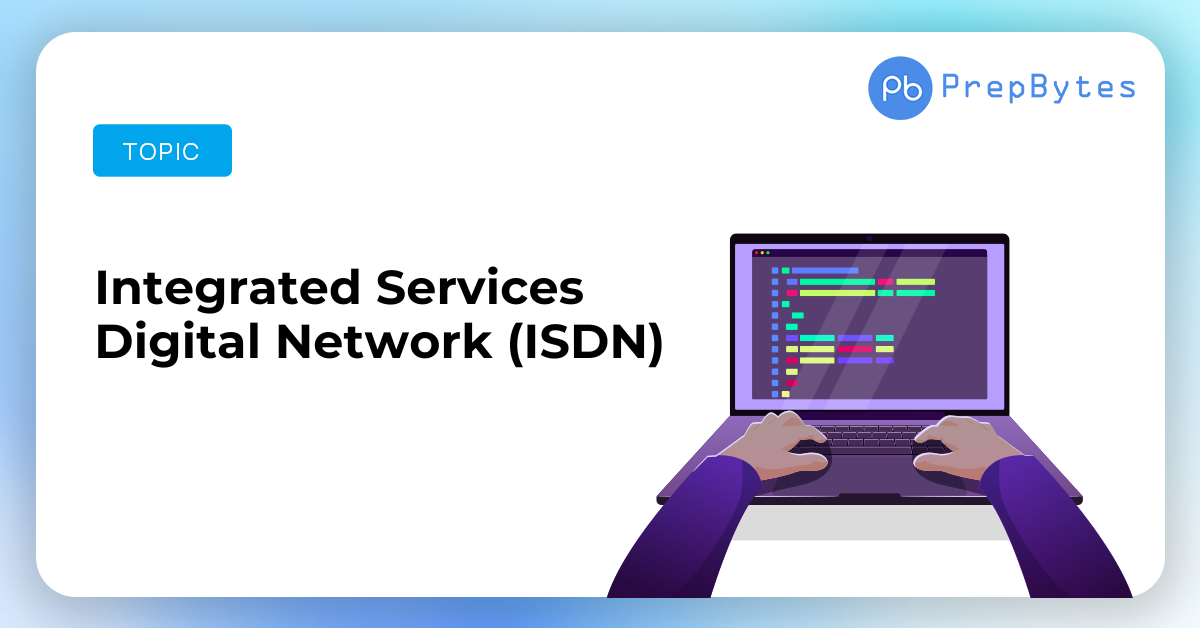Integrated Services Digital Network (ISDN)
Integrated Services Digital Network (ISDN) is a set of communication standards that allow the simultaneous transmission of voice, video, data, and other services over digital telephone lines or ordinary copper...



